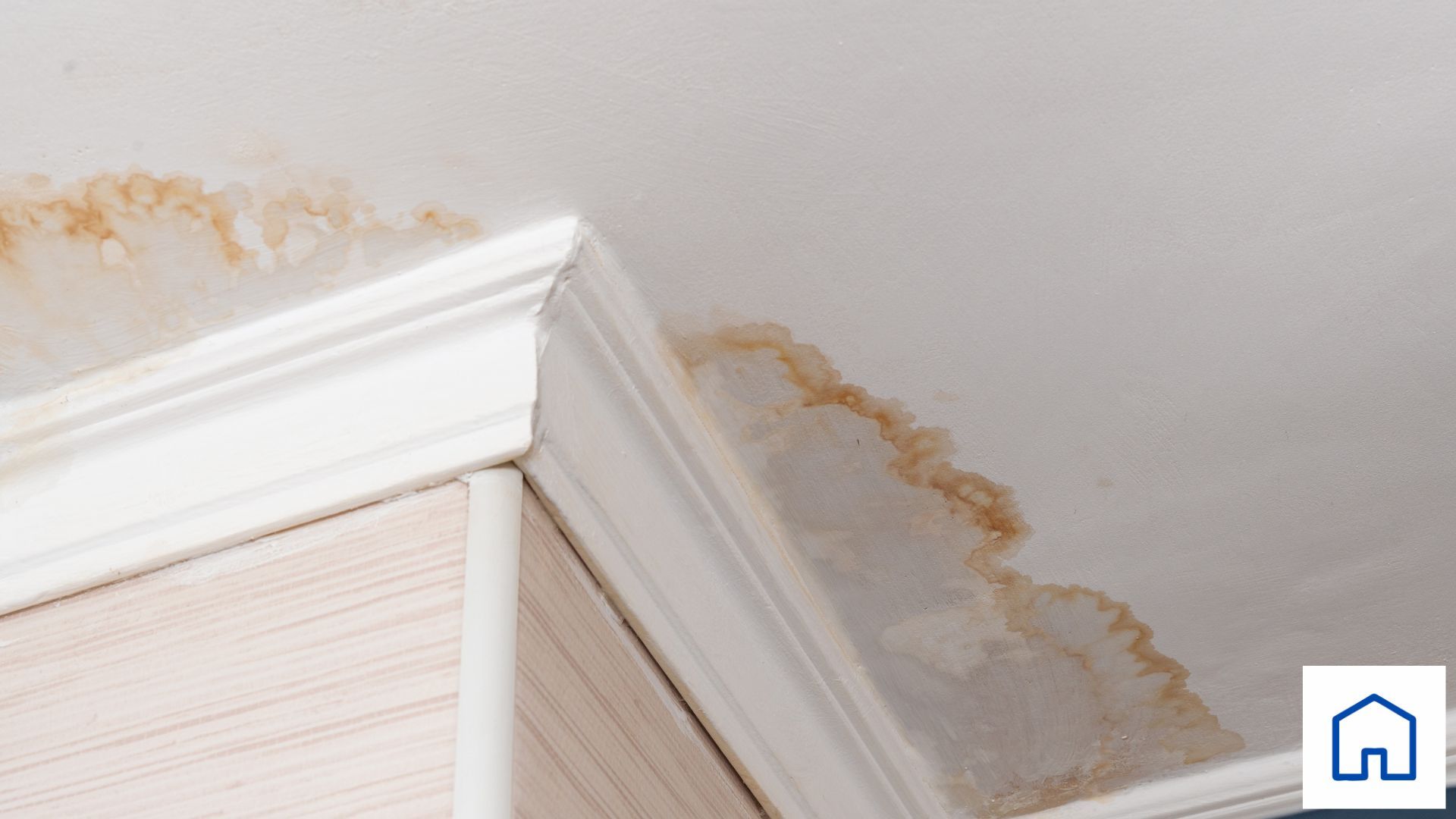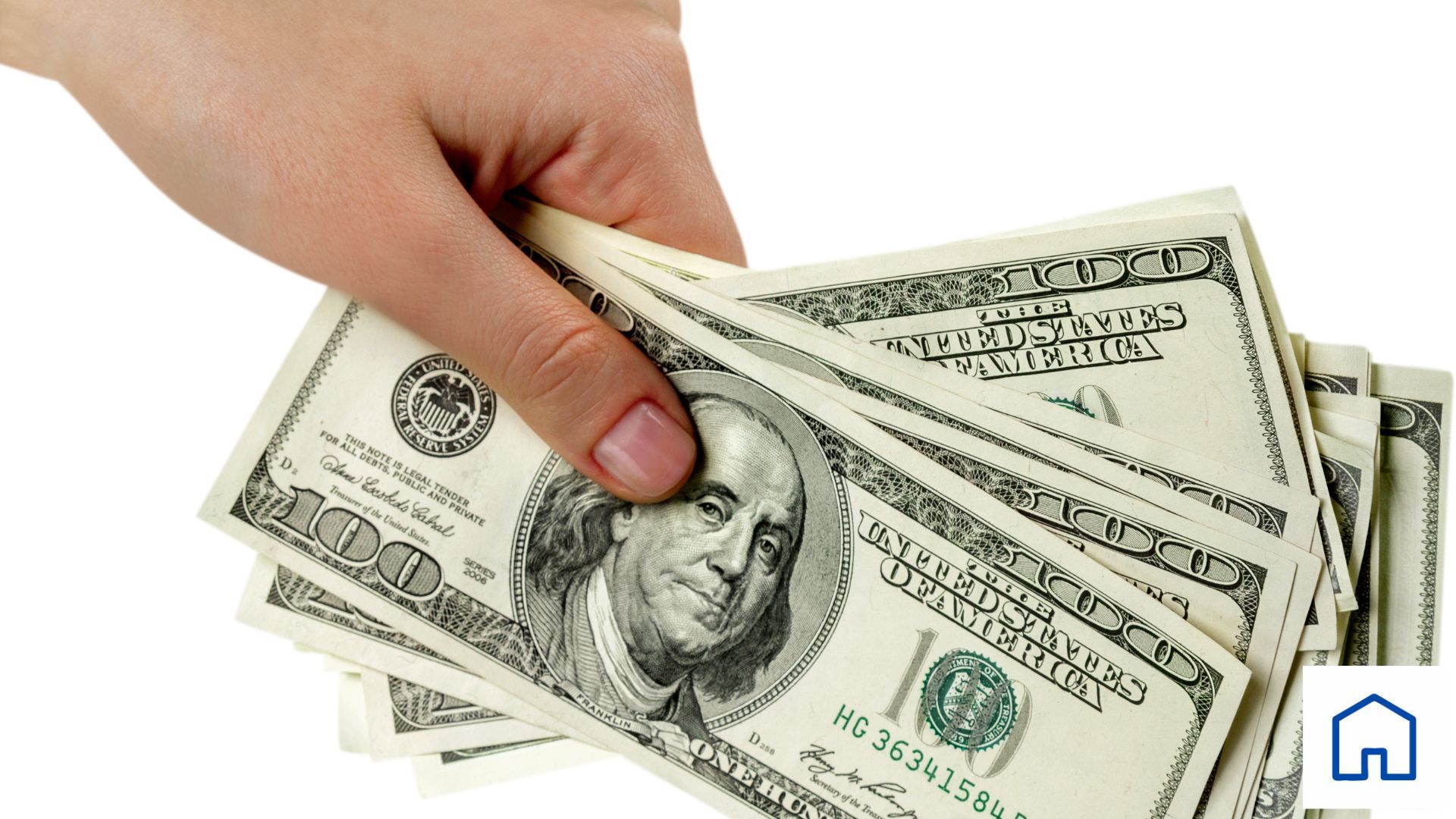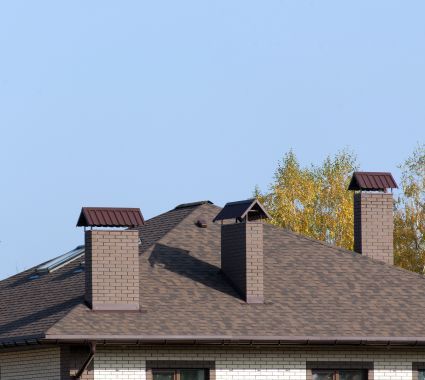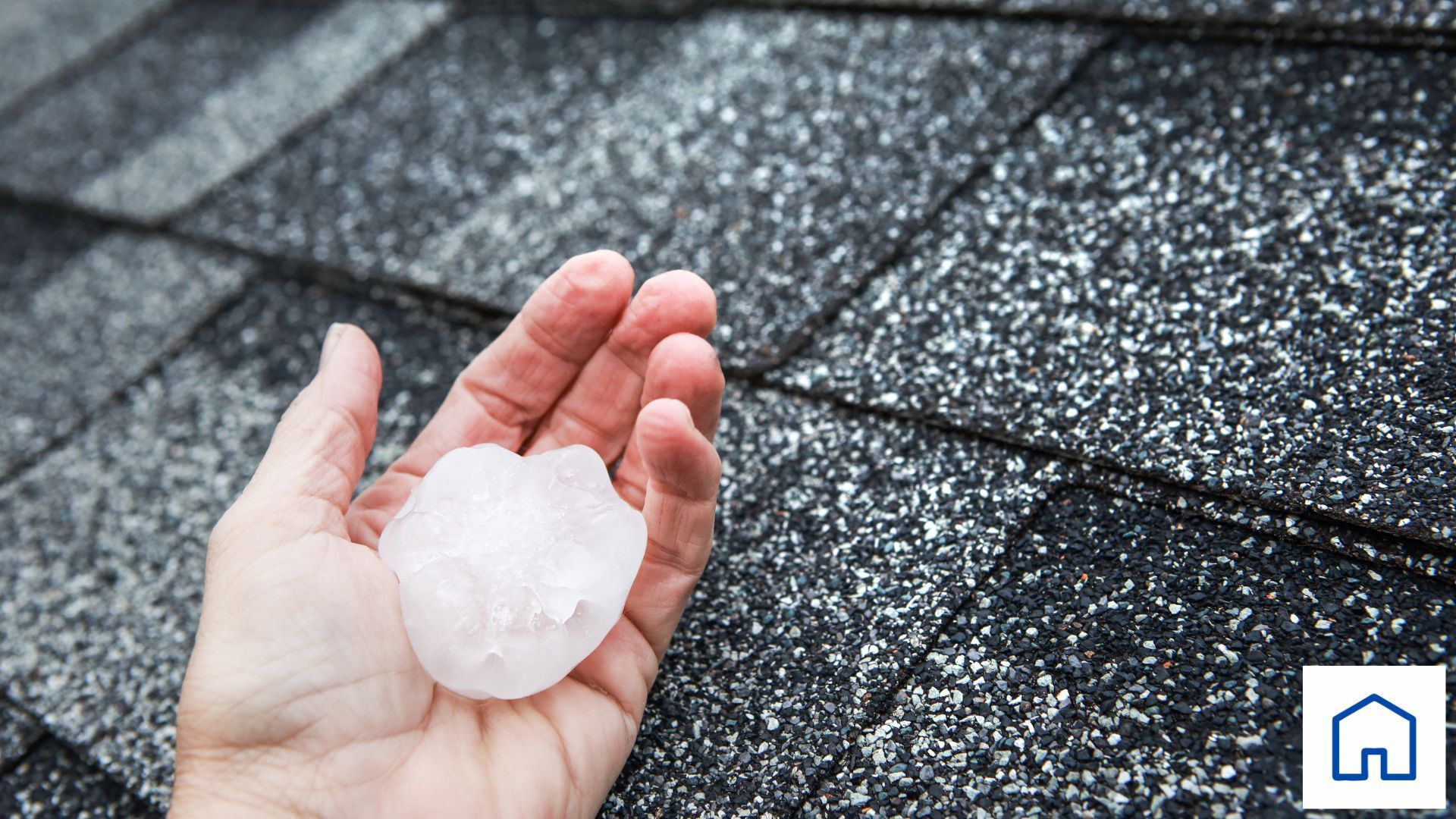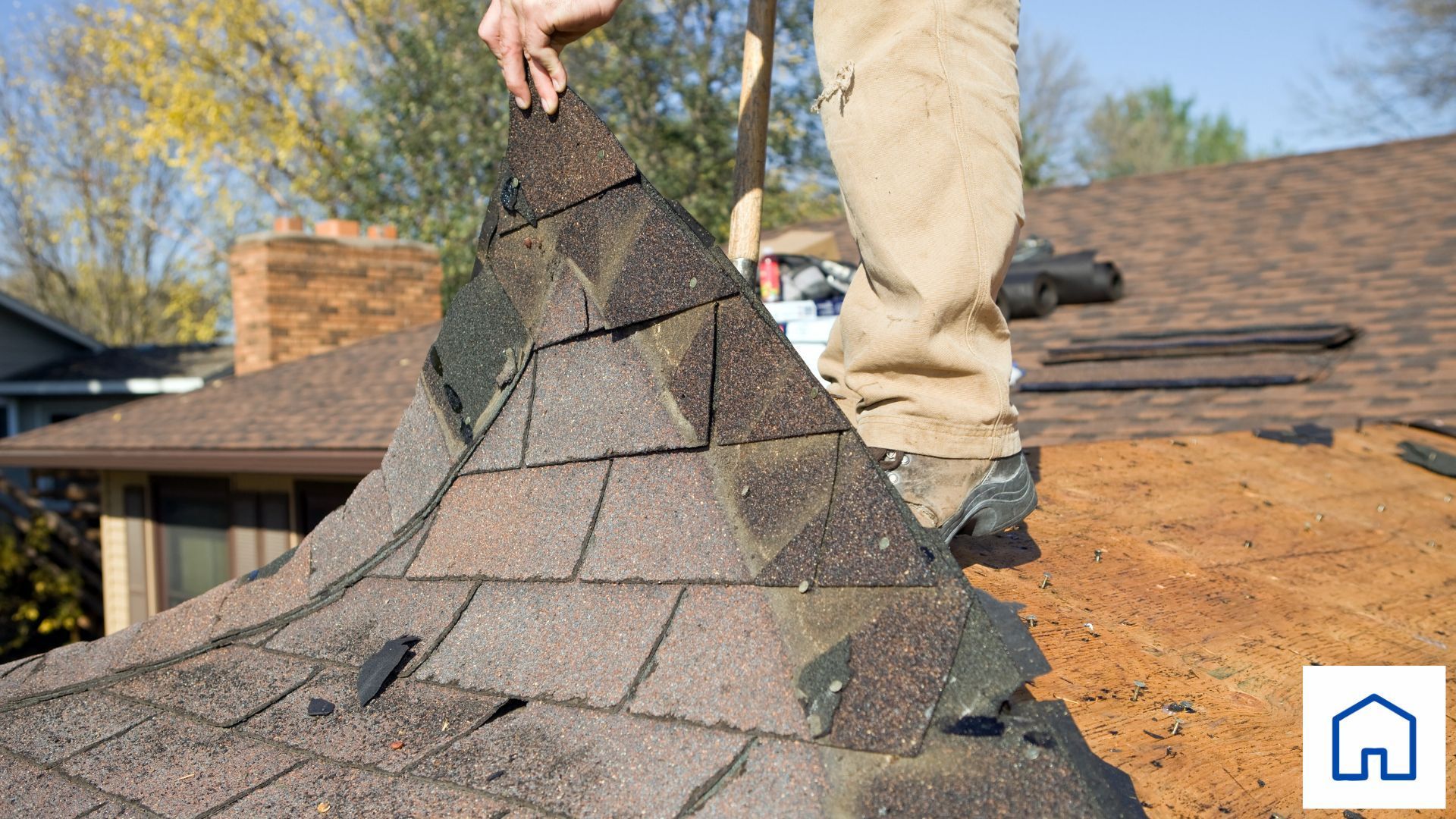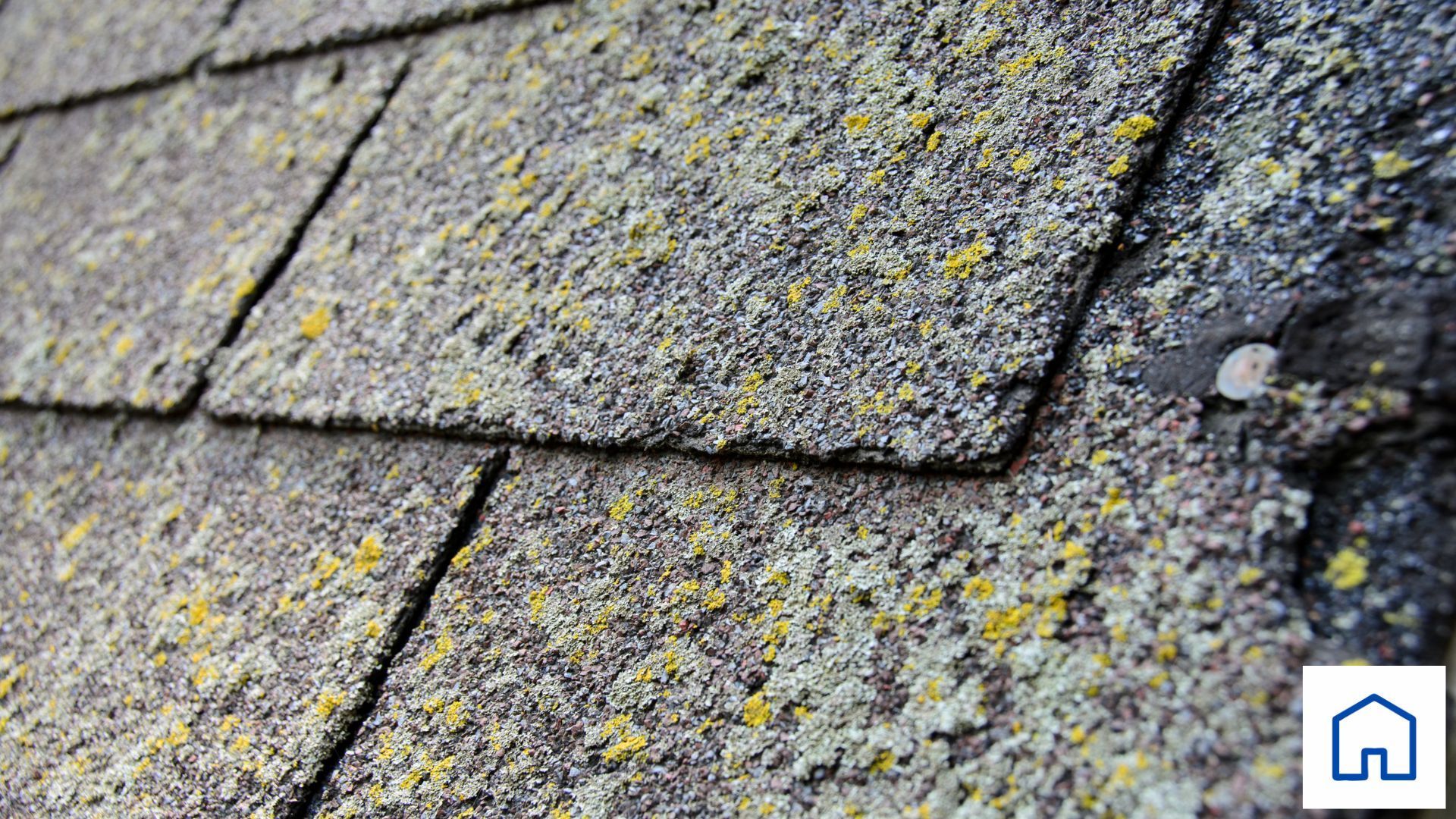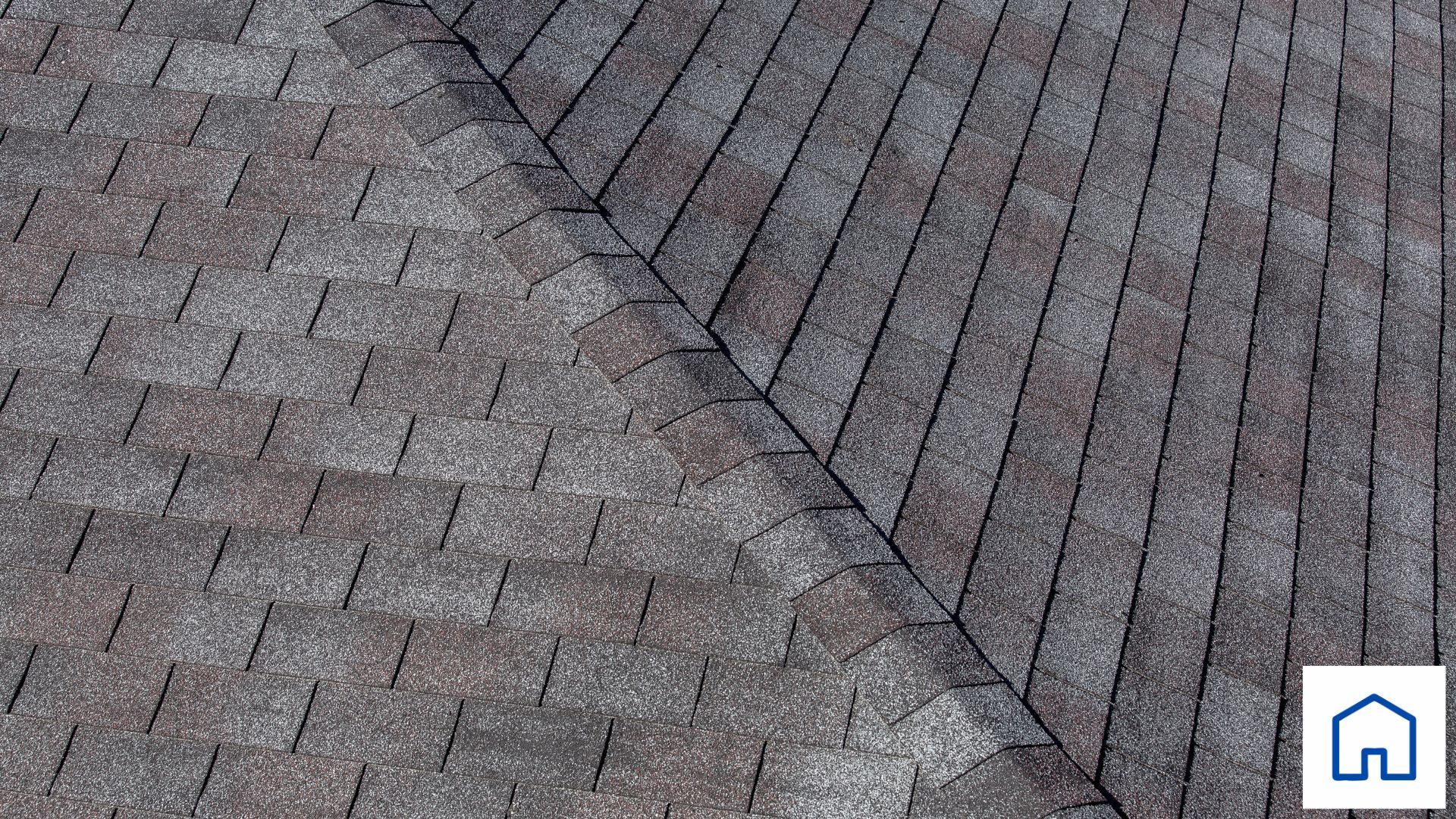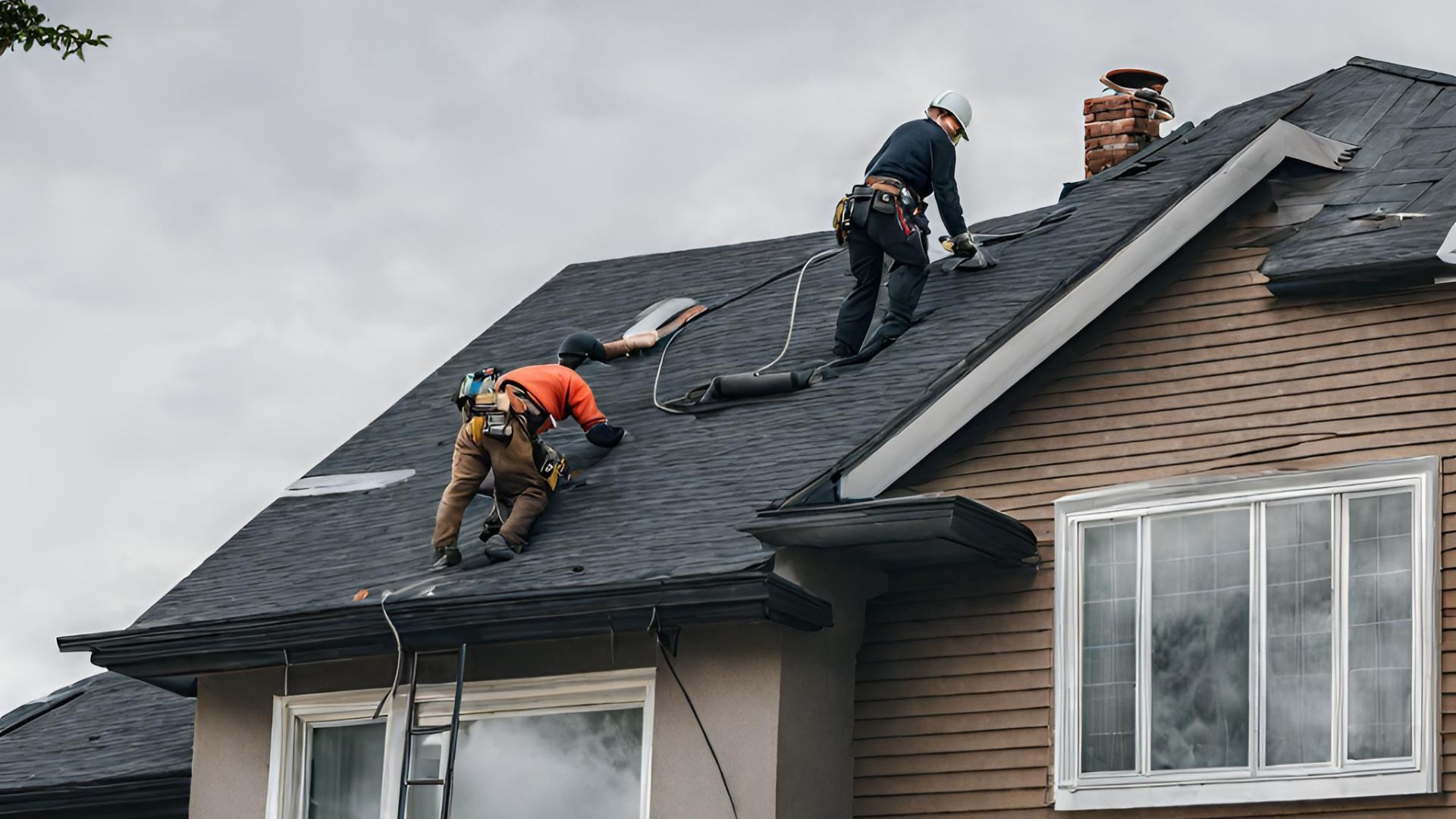13 Residential Roofing Best Practices for a Well-maintained Roof
A roof that’s been neglected for years can have a significantly shorter lifespan and may need more frequent repairs.
What should you do to keep your roof in great condition and to help it last for as long as possible?
Here are Best Nest’s residential roofing best practices for a well-maintained roof.
1. Inspect Your Roof Regularly
Regular inspections are essential for catching any problems early on before they become major issues. Inspect your roof at least twice a year, preferably in the spring and fall. Look for missing or damaged shingles, cracks in the flashing, and any signs of water damage. If you notice any issues, contact a professional roofer immediately so they can be addressed.
2. Keep Your Gutters Clean
Clogged gutters can cause water to overflow and damage your roof, siding, and foundation. Regularly clean your gutters and downspouts to prevent blockages. Consider installing gutter guards or gutter shutters to reduce the amount of debris that enters your gutters.
3. Trim Overhanging Branches
Trees that are suspended over your roof can cause damage in several ways. Falling branches can damage your roof while leaves and debris can clog your gutters. Trim overhanging branches to prevent them from coming in contact with your roof.
4. Install Proper Ventilation
Proper ventilation is essential for preventing moisture buildup in your home’s highest floor. It can cause damage to your roof and promote the growth of mold and mildew. Ensure that your attic has adequate ventilation, including vents in the eaves, ridge, and gable ends.
5. Replace Damaged Shingles
Damaged or missing shingles can allow water to seep into your roof, causing rot and other damage. Replace any damaged shingles as soon as possible to prevent further issues.
6. Don't Ignore Small Leaks
Even small leaks can cause significant damage over time. If you notice any signs of a leak, such as water stains on your ceiling, contact a professional roofer to have it repaired.
7. Hire a Professional Roofer
While you can perform some basic maintenance tasks yourself, it's always best to hire a professional roofer to handle significant repairs or installations. A professional roofer has the experience and knowledge to ensure that your roof is in good condition and will last for years to come.
8. Choose the Right Roofing Material
Consider factors such as durability, energy efficiency, and cost when selecting roofing material. Some common roofing materials include asphalt shingles, metal, tile, and slate. Each material has its pros and cons, so research your options and consult a professional roofer.
9. Address Ice Dams in Winter
In cold climates, ice dams can form on roofs, causing damage to shingles and gutters. To prevent ice dams, ensure that your roof is properly insulated. If you experience ice dams, contact a professional roofer who can safely remove them for you.
10. Clean Your Roof Safely or Have It Professionally Cleaned
When cleaning your roof, it's essential to do so safely to avoid injury or damage to your roof. Use a soft-bristled brush or a low-pressure washer to remove dirt and debris. Avoid using harsh chemicals or high-pressure washers which can damage shingles or strip away protective coatings.
11. Address Moss and Algae Growth
Moss and algae can grow on roofs, especially in humid or damp climates. While they may not cause immediate damage, they can cause shingles to deteriorate over time. To address moss and algae growth, use a specialized cleaning solution or hire a professional roofer to clean your roof safely.
12. Address Chimney and Skylight Leaks
13. Consider Roof Coatings
Our last tip for residential roofing best practices for a well-maintained roof is to consider roof coatings. Roof coatings can provide added protection and extend your roof’s lifespan. They can also improve energy efficiency by reflecting sunlight and reducing heat absorption.
Best Nest Renovations: Your Partner for a Well-maintained Roof
We’ve presented you with 13 residential roofing best practices for a well-maintained roof but keeping your roof in good condition doesn’t have to be hard. Best Nest Renovations, exterior renovation experts in Carollton, Georgia is well-equipped to handle any roofing problem.
Our roof contractors can perform a roof assessment so you can catch any issues before they become bigger. We can attend to a variety of roofing needs, including roof damage, roof leak, roof repair, roof replacement, and more.
Call us at 770-881-1662. Let’s work together to keep your roof in top shape for years to come!
